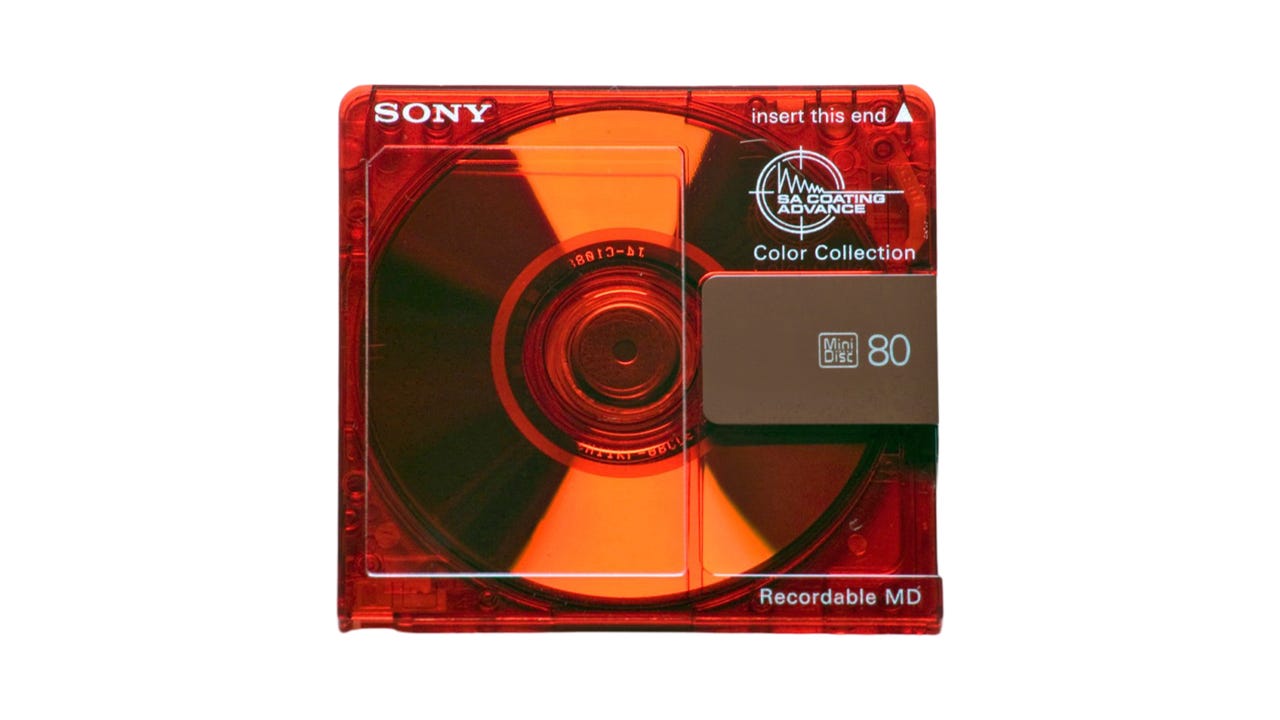The End of an Era: Exploring the Final Sony MiniDisc Walkman Models
Sony's Farewell to the MD format
Twelve years ago Sony stopped making MiniDisc players and, last month, ended production of recordable MDs, closing a 30-year chapter. MiniDisc had a strong start with its sleek, portable design, but couldn’t keep up with the rise of MP3 players, file sharing, and digital downloads. Still, thanks to social media, MD remains a beloved relic for retro tech enthusiasts like me. I guess I just can’t stop talking about it.
If you’re new to MiniDisc, or just need a refresher, check out my previous article, The Early Years of Sony MiniDisc (1992-1996), where I dive into its origins and breakthroughs. Today, let’s explore how Sony tried to keep the format alive into the 2000s despite the rise of digital music players.
The Rise of MiniDisc
When Sony launched MiniDisc in 1992, it ushered in a new era of personal audio. Combining portability, durability, and digital sound, it quickly gained strong popularity in Japan, where it positioned itself as a promising alternative to CDs.
Keep reading with a 7-day free trial
Subscribe to Obsolete Sony’s Newsletter to keep reading this post and get 7 days of free access to the full post archives.




